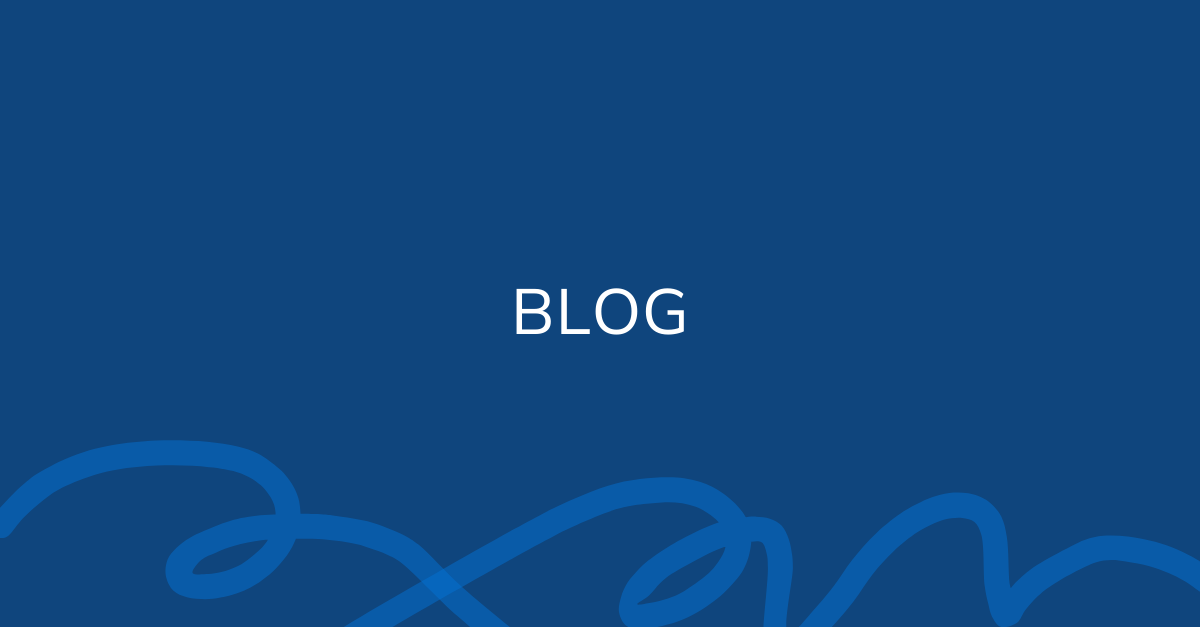
Every step tells a story. What if we could read it in time to stop a fall before it happens?
One in four adults over 65 will take a fall this year. For senior care providers, that’s not just a number — it’s a daily worry, an ongoing challenge to prevent injuries, a family phone call no one wants to make, and a cost that adds up to over $50 billion every year.
And yet, fall prevention is still, for many, a guessing game. Despite dozens of screening tools, identifying who’s truly at risk remains frustratingly hard, slow, and often inaccurate.
At OneStep, we believe it shouldn’t be this hard — or this risky. So we asked: What if you could spot the fall risks sooner - and prevent them from occurring?
Turns out, you can.
Imagine this:
No special devices, no wearables, no complicated setup. Just a smartphone in a resident’s pocket and a quick walk down the hall. In seconds, you get a clear, objective read on their fall risk. Not just a number, but real insights: How steady is their gait? How did they perform on standard tests? Are they afraid of falling? What’s their recent fall history?
In a recent research paper published by OneStep, we took our smartphone-based Fall Risk Assessment (FRA) system — built on real-time gait analysis plus standard tests like TUG and Sit-to-Stand — and put it to the test in the real world.
Over 670 residents across two skilled nursing facilities, each with drastically different fall rates, were assessed. One had relatively few falls (one every 14 patient-months). The other? Nearly ten times higher.
The result? The OneStep FRA system consistently stratified patients by who was most likely to fall — regardless of the facility’s baseline risk.
Traditional tests alone don’t cut it.
We confirmed what clinicians already suspected: while measures like TUG and gait speed can help, they’re often unreliable in complex, high-risk environments. OneStep’s integrated, multidimensional approach provided a clearer, more accurate signal — flagging who needed help before an avoidable fall happened.
Fast, simple, and scalable.
The entire test requires nothing but a smartphone in the patient’s pocket. No extra sensors. No lab setup. And because the results are standardized and easy to interpret, even non-clinical staff can run the assessment — freeing up licensed clinicians for higher-value care.
With OneStep, your staff can:
When your team can see what’s happening beneath the surface, you don’t have to wait for a fall to react. You can prevent more accidents, keep residents safer, ease family worries, and protect your bottom line — all with a tool that fits right into the pocket.
Want the full story?
We’ve put all the details, data, and next steps into a white paper just for you.
At the end of the day, every step a resident takes is telling you something. OneStep helps you listen, act, and keep your community one step safer.
Ready to see how it works? Let’s talk.